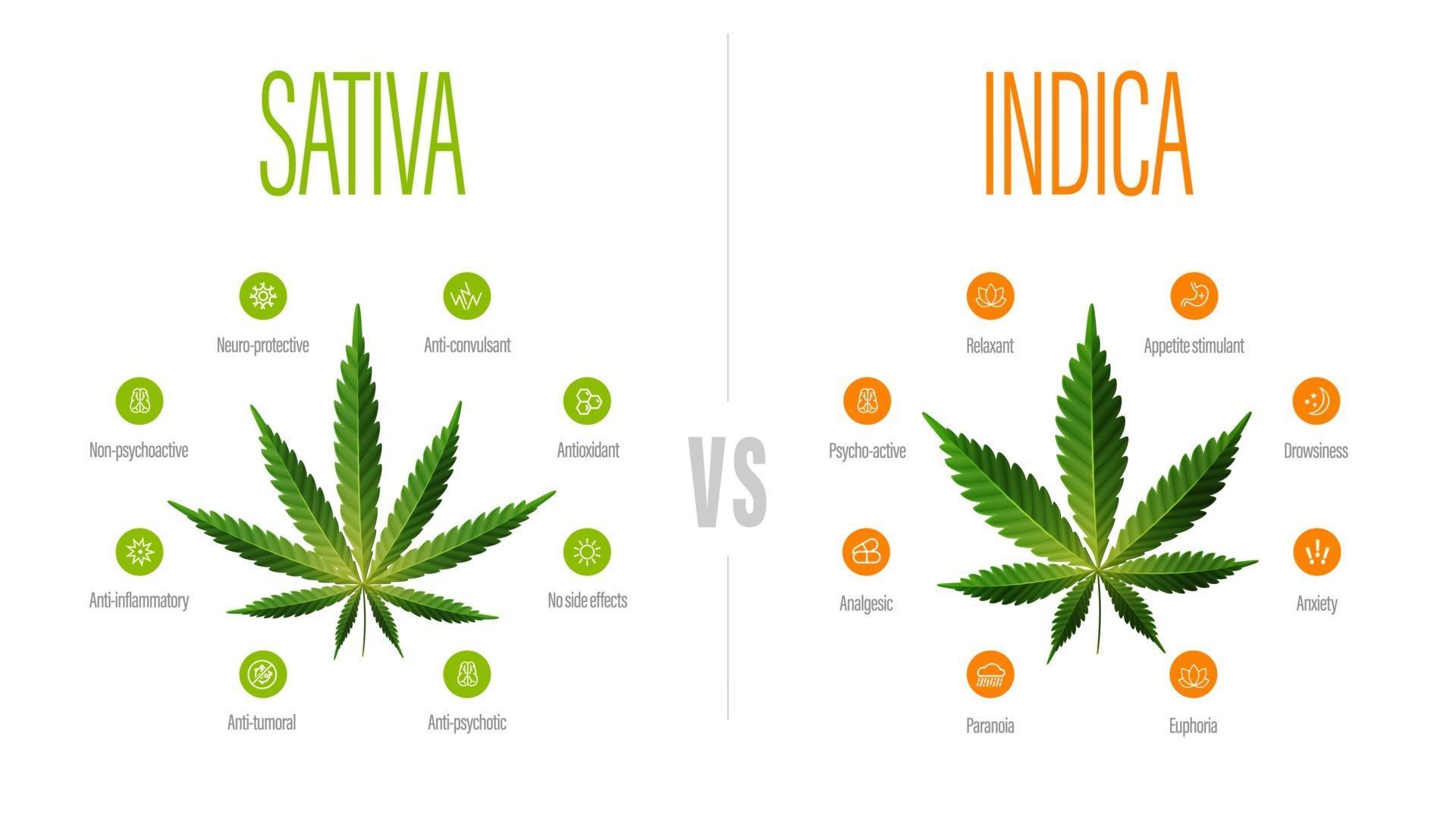Introduction:
Cannabis cultivation has been practiced for hundreds of years, and with the current surge in legalization and desire in its medicinal and leisure attributes, knowing the nuances of expanding distinctive strains has turn into very important. Amongst the different strains, Indica and Sativa are two outstanding classifications, each with distinct characteristics and cultivation necessities. In this report, we’ll delve into the dissimilarities involving Indica and Sativa seeds, checking out their cultivation specifications and increasing tactics.
Knowledge Indica and Sativa:
Before diving into cultivation tactics, it’s vital to grasp the essential variations involving Indica and Sativa strains.
Indica:
Originating from the Indian subcontinent, Indica strains are renowned for their stress-free and sedative outcomes.
Typically characterized by broader leaves, shorter stature, and a bushy visual appeal.
Indica crops typically have a shorter flowering time period, building them ideal for indoor cultivation and regions with shorter rising seasons.
find out here now are favored by all those searching for reduction from soreness, insomnia, and anxiousness.
Sativa:
Sativa strains are indigenous to equatorial locations such as Southeast Asia, Africa, and Central The usa.
Regarded for their uplifting and energizing results, Sativa crops typically have slim leaves, tall stature, and a extra open up progress sample.
Sativa strains are likely to have a extended flowering time period in comparison to Indica, demanding additional room and warmer climates for optimum advancement.
They are well-known among consumers seeking for creative imagination improvement, temper elevation, and daytime use.
Cultivation Necessities:
Local climate and Surroundings:
Indica: Thrives in cooler climates with temperatures concerning 70-85°F (21-29°C). Can tolerate somewhat lower temperatures for the duration of the flowering stage.
Sativa: Prospers in warm, tropical climates with temperatures ranging from seventy five-85°F (24-29°C). Necessitates enough daylight and a for a longer period rising year.
Light-weight:
Each Indica and Sativa strains involve satisfactory mild for healthful advancement. However, Sativa plants might want additional rigorous gentle thanks to their taller stature and for a longer period internodal spacing.
Indoor growers typically use substantial-intensity discharge (HID) lamps, LEDs, or fluorescent lights to provide the vital gentle spectrum for vegetative and flowering levels.
Soil and Vitamins:
Indica: Prefers properly-draining soil prosperous in natural and organic subject. Responds properly to well balanced nutrient formulations in the course of the vegetative stage, transitioning to a greater phosphorus (P) and potassium (K) ratio during flowering.
Sativa: Necessitates nutrient-abundant soil with very good drainage. Owing to their longer flowering period of time, Sativa vegetation profit from a constant supply of vitamins and minerals all through their expansion cycle.
Watering and Humidity:
Both Indica and Sativa vegetation are prone to overwatering, which can direct to root rot and other fungal disorders. Allow the soil to dry out involving waterings to avoid waterlogged disorders.
Indica strains normally want a little decreased humidity stages, specially in the course of the flowering stage, to decrease the danger of mildew and bud rot. Sativa crops can tolerate greater humidity degrees but may perhaps need improved airflow to avoid mildew difficulties.
Rising Techniques:
Schooling and Pruning:
Indica: Owing to their bushy advancement pattern, Indica plants advantage from techniques such as topping, very low-pressure education (LST), and defoliation to boost mild penetration and airflow. These methods enable maximize yields and protect against humidity buildup.
Sativa: With their tall and lanky construction, Sativa vegetation may have to have techniques like topping, super cropping, and trellising to control peak and motivate lateral expansion. Pruning reduce branches and leaves can also make improvements to airflow and light-weight distribution.
Flowering Stage Administration:
Indica: Typically, Indica strains have a shorter flowering time period ranging from seven-nine months. Throughout this stage, sustaining stable environmental problems, which include temperature, humidity, and mild cycles, is critical for bud improvement and resin output.
Sativa: Sativa strains typically have a longer flowering period, often spanning 10-fourteen months or far more. Growers need to closely watch nutrient amounts, drinking water ingestion, and environmental circumstances to assist the plant’s extended growth cycle.
Harvesting and Curing:
Indica: Harvest Indica crops when the trichomes are mainly cloudy with some amber hues, indicating peak cannabinoid content material. After harvesting, properly drying and curing the buds in a managed surroundings enhances flavor, potency, and shelf everyday living.
Sativa: Sativa strains could demand more persistence throughout the harvesting procedure, as their lengthier flowering time period can final result in staggered maturation throughout the plant. Harvest particular person colas as they arrive at peak ripeness, and follow the similar drying and curing methods as with Indica strains
